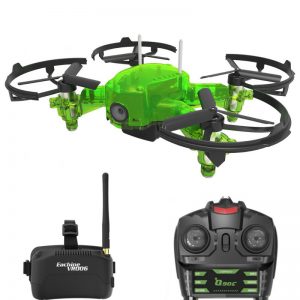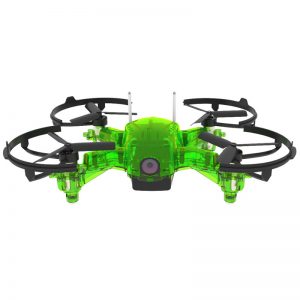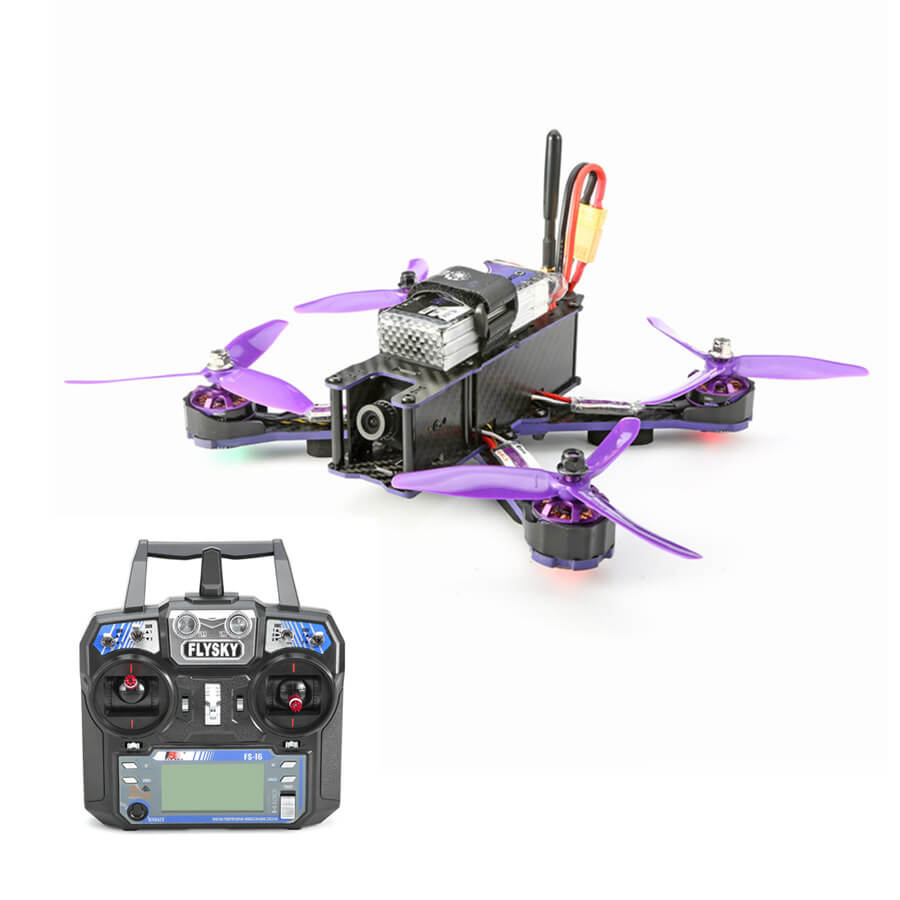ATTENTION: The article here is a bit older. Take a look here: The best entry-level drone
For all who are interested but want to read the old article again:
The first real FPV Racer (Level 3)
It is so far. You want to start flying with the FPV Racer and you have Level 1 – Toy drone and Level 2 – Simulator behind you. Now it’s time for a real bushless racer.
What does “brushless” mean? Why are brushless motors so important for race drones?
“Brushless” means brushless, which describes the design of the motors. The motors are Level 1 have brushed motors. They are much simpler, do not require any additional ESCs and are much cheaper.
But these motors wear out and don’t have the power and responsiveness of a brushless motor.
So we need an FPV racing drone with brushless motors and ESCs to get the full FPV racing experience. But now you are wondering about the right size of the quad.
How big should my first Racecopter be? Should I take a 5 inch FPV Racer or rather a smaller 2 inch drone?
The 2 inch and 5 inch refer to the diameter of the propeller.
The racers from the racing bed or the quads from the freestyle videos on YouTube are mostly 5 or 6 inches in size. So that’s what you can call ‘real’ quads. 5 inch Racecopter have the big advantage that you can mount my GoPro on it, with which you later have spectacular video material. Furthermore, they are usually not much more expensive than small models (except the lipos!!!) and are also easier to repair and upgrade, but also break faster.
In my opinion 2 inch race drones have clear advantages for beginners:
- For the propellers, you can buy effective propguards (impact protection / bouncers) or you already have one installed:
- With a Prop Guard the propellers do not break immediately in a light crash.
- You can damage less / the risk of injury is less.
- You can fly indoor. =)
- Batteries (Lipos) are clearly cheaper, thereby the total costs are clearly lower.
- Today the small racers are hardly inferior to the big ones when it comes to performance.
- They survive light and medium crashes better than the big ones.
The perfect beginner Racequad
You can guess three times: The perfect beginner Race Drone does not exist. There are more or less suitable beginner models for all sizes. Therefore, you have to decide first whether you want a GoPro, want to carry along or not. This results in the model size. (For a GoPro, you need at least a 5-inch Quad). Then the question is how much equipment you already have. For each of these cases, I have a few purchase recommendations here:
All-In-One Packet
OK, you still don’t have anything (so no remote control from level 2), but you want to enter the FPV Racing directly and without detours? Then this is probably the best and cheapest way to get started. (only approx. 80 Euro!) . Don’t let the shape fool you: With the Eachine Q90C Flyingfrog you don’t get a Toys-R-Us Krams but a real ACRO-capable (!) Racer (unfortunately only brushed) and a spark and even goggles are included in the package. That means you need nothing but this package to order. Well, OK: A few extra batteries might make sense. 😉 And with the spark you can even fly the simulators from level 2. Of course, you can’t expect high-end stuff for 80 Euro here (the goggles are nothing special either) but this entry is just incredibly cheap and unbelievable. I mean for 80 Euro: For 80 Euro a drone with ACRO which I fly from the first-person perspective!
When I was a kid, it was science fiction! If only there had been such a thing before…
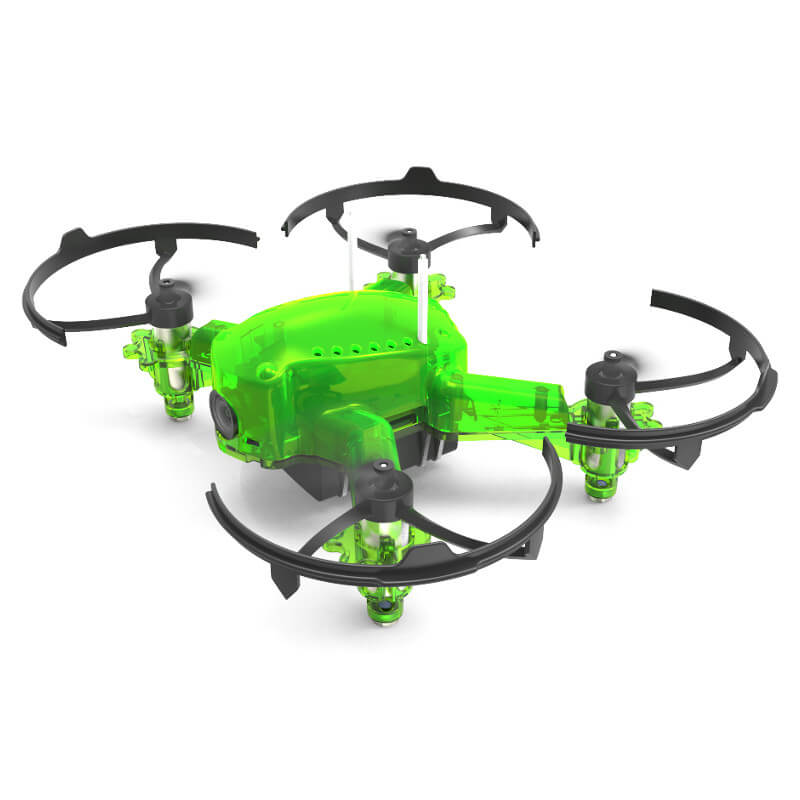
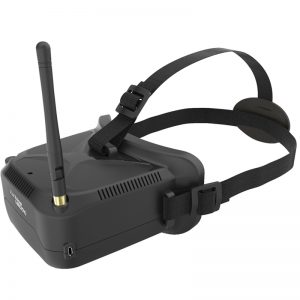
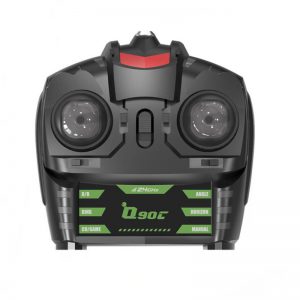
Frog Q90C | https://goo.gl/XS8Dke
Buy Q90C Flyingfrog FPV Kit from Banggood
It’s also a bit cheaper (a package with everything you need for FPV flying), but the Eachine E012 is unfortunately not Acro capable. But the package (with mini spark and goggles) only costs around 60 Euro.:

Eachine E013 | https://goo.gl/DX7Nbi
Buy E013 FPV Kit from Banggood
The best small drone (2 inch) for FPV beginners
OK, now we come to a real brushless racer. For unter 100 Euro (without goggles and spark). With the Babyhawk I started to fly FPV and I still love it. Yes, I know that there is already a successor, but I still think that the ‘old’ one is the better option for beginners. It has real brushless motors powered by a 2S Lipo, a real flight controller (can do acro and PID tuning!) and the propguards are pre-installed. With the Babyhawk it is possible to fly neatly inside and outside, also the small 2-inch drone is not ZU bad in terms of speed and therefore also suitable for beginners. So don’t let yourself be fooled: This thing can also be really fast if you want!

Babyhawk | https://goo.gl/4DR76R
Very important: What you need in addition is an FPV Glasses and a radio remote control. Besides, (if you’re not using the PNP Modell you buy) unite Receiver. (For the babyhawk, I recommend this one: Flysky FS-A8S)
The best 2-inch racers
As I said, the ‘old’ Babyhawk is ideal for beginners, but in this class there are even more blatant models for experienced pilots. More about this in my top list (which is constantly updated):
The best real 5 inch Drone
Here we have now arrived at the ‘normal size’ racing quads. Since they are still small compared to other multicopters, they are called ‘miniquads’. Propguards don’t make any sense anymore, and also the lipo batteries will increase the costs a bit.
But the 5-inch models can carry a GoPro with them and are a bit easier to repair, because not everything is so miniaturized. Here I would like to introduce two real race drones, which are very affordable and a lot of fun:
Furibee x215
With the x215 Furibee has created a real price/performance monster. For only 140 Euro (without spark, goggles, battery) you get a lot of performance.
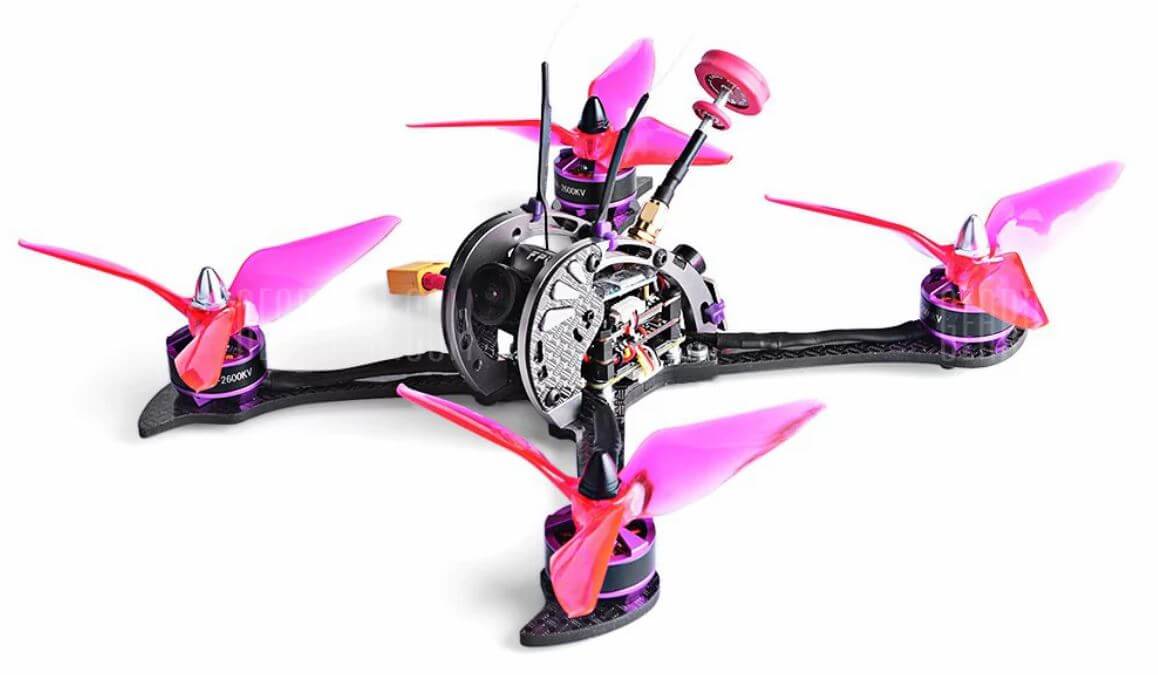
Furibee x215 | https://goo.gl/5Bt5FX
Please note that here you can find an FPV Flying FPV goggles, one remote control and batteries are needed.
Eachine Wizard x220 Kit
Also from the Wizard x220 there is now a successor the x220S, which makes the old wizard (especially in the RTF kit with spark) a price breaker: 170 Euro costs the kit with spark and a 3S-LiPo, then you need only one goggle.

